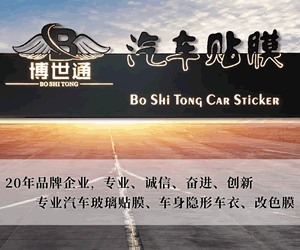A corporation distributing earnings to its shareholders as both cash and stock as part of the same dividend. In other words, a corporation declares that as of a certain date all shareholders will receive both a cash payment and additional shares of stock in that corporation at a specific point in the future. The cash portion of the dividend is expressed in cents or dollars per share owned. The stock portion is typically expressed as a percentage of the number of shares owned.
Watch: Dividend
Taobiz explains Cash-And-Stock Dividend
For example, a shareholder owns 100 shares of XYZ Corporation. The company declares a stock-and-cash dividend of 25 cents per share, plus 10% of the shares owned. For the shareholder, this would result in a $25 cash dividend and 10 additional shares of stock .
There are many reasons why a company might choose to issue a cash-and-stock dividend.
Some companies believe that their shareholders respond better to one type of dividend versus another. By using a cash-and-stock dividend, shareholders may feel as if they are getting a better deal than just receiving more of either one by itself.
On a more practical side, stock dividends are typically not taxable to shareholders when received , whereas cash dividends are. By distributing a portion of the dividend in stock, the corporation is potentially helping to minimize the tax effects for shareholders receiving the dividend. Additionally, a partial stock dividend helps a company conserve some of its cash, which can then be utilized to stabilize or grow the company.













